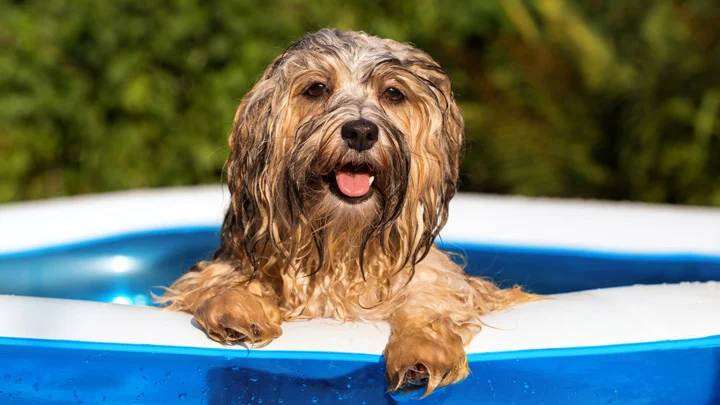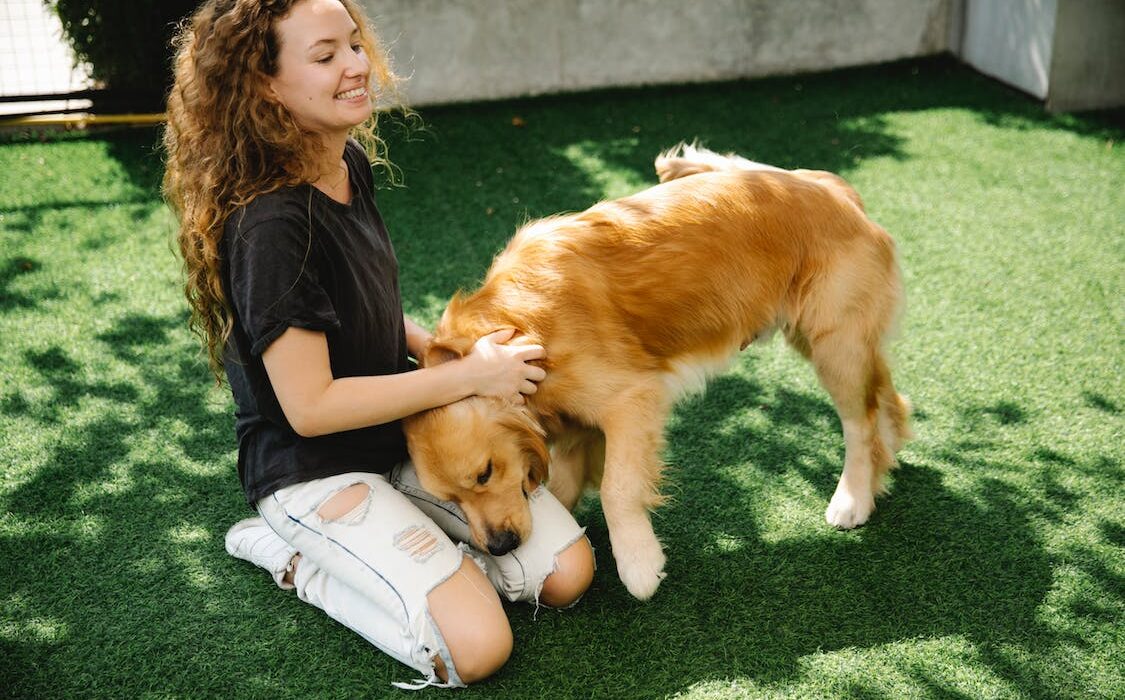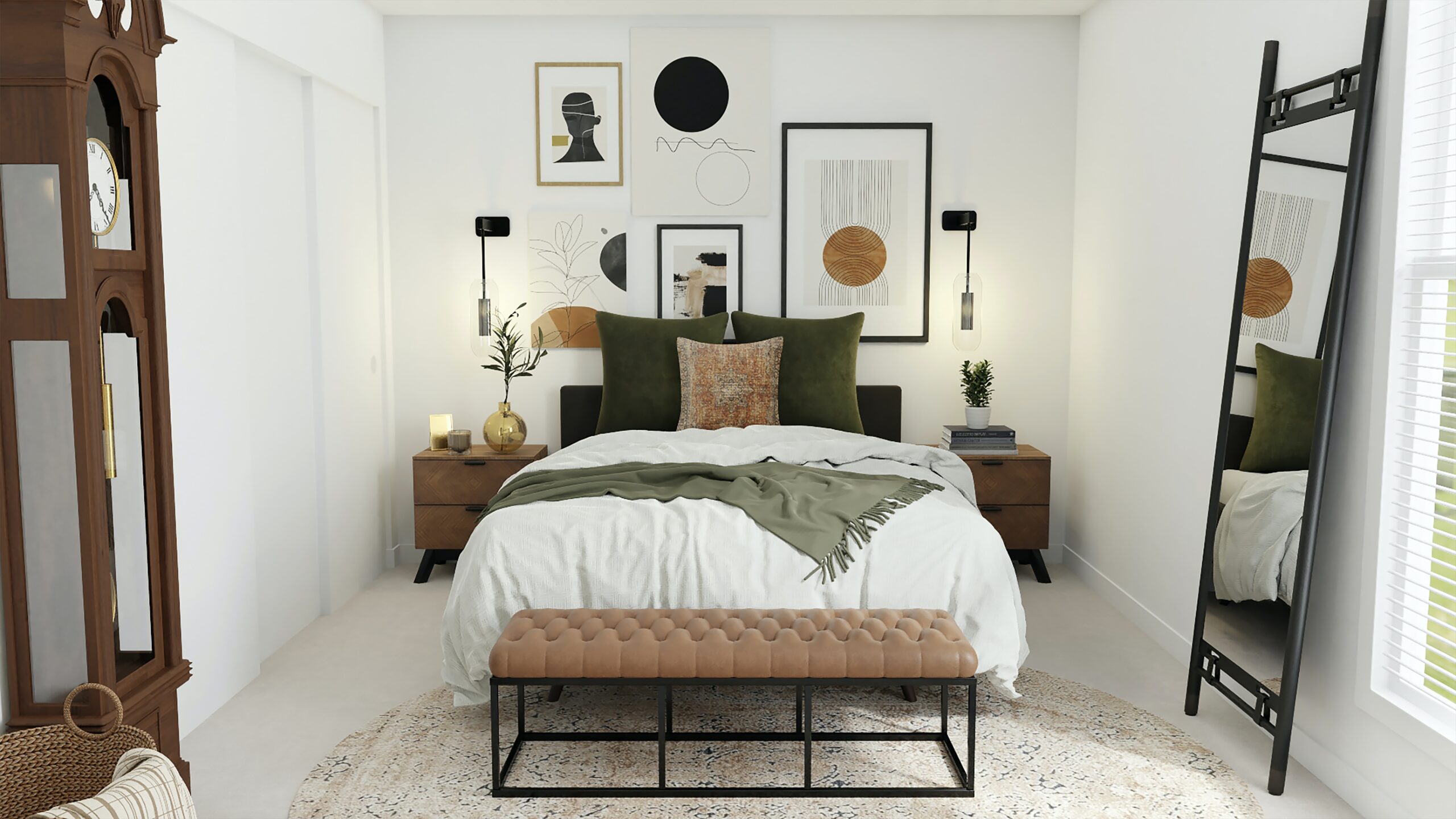Introduction:
As a pet owner, Creating a safe and secure outdoor space is crucial, as our furry friends love to explore and enjoy the fresh air. However, a garden can also pose potential hazards if not properly managed. In this blog post, we will discuss essential garden safety tips that every pet owner should know. By following these guidelines, you can create a pet-friendly garden that ensures your beloved companions’ well-being while allowing them to enjoy the great outdoors. Let’s dive in!
Secure Your Boundaries:
Garden safety starts with establishing secure boundaries to prevent pets from wandering off or accessing unsafe areas. Ensure that your fence or enclosure is sturdy and properly maintained. Regularly inspect for any gaps, holes, or loose panels that your pet could escape through. Reinforce weak spots and consider adding mesh wire or lattice to block any potential escape routes.
Choose Pet-Friendly Plants:
Selecting the right plants is crucial to avoid any accidental poisoning or allergic reactions in your pets. Opt for pet-friendly plants such as marigolds, sunflowers, and petunias, while avoiding toxic varieties like lilies, azaleas, and daffodils. Research plant toxicity and consult with a veterinarian or horticulturist if unsure. Place deterrents, like decorative rocks or barriers, around plants that are off-limits to pets.
Create a Dedicated Digging Area:
Pets have an innate desire to dig, which can sometimes cause damage to your garden. Instead of trying to discourage this behavior entirely, consider creating a designated digging area. Fill a sandbox or a specific section of your garden with loose soil or sand, and encourage your pet to dig and bury toys there. This redirects their digging instincts to a safe and controlled space.
Eliminate Toxic Substances:
Many garden chemicals and substances can be harmful to pets if ingested. Avoid using pesticides, fertilizers, and herbicides that contain toxic ingredients. Instead, opt for natural alternatives or explore organic gardening methods. Store all chemicals in secure containers and keep them out of your pet’s reach. Always read and follow the instructions on product labels carefully.
Install Pet-Friendly Water Features:
Water features add a serene ambiance to your garden, but they can also pose a drowning risk for pets. To ensure safety, choose shallow water features with gradual slopes to allow easy entry and exit for pets. Provide a sturdy ramp or step at the edge of the water feature to help pets safely navigate in and out. Regularly clean and maintain water features to prevent the growth of algae or bacteria.

Avoid Harmful Mulch and Compost:
Mulch and compost are beneficial for gardens but can harbor hidden dangers for pets. Cocoa bean mulch, for example, contains theobromine, a substance toxic to dogs. Opt for pet-safe mulch options like cedar or pine. When composting, avoid adding any toxic or potentially harmful materials, such as food scraps that may be toxic to pets. Secure compost bins to prevent pets from rummaging through them.
Remove Toxic Decorative Elements:
Certain decorative elements, such as decorative rocks, pebbles, or small objects, can pose choking hazards or cause intestinal blockages if swallowed by pets. Regularly inspect your garden for any potential hazards and remove or secure them. Ensure that decorative elements are large enough to prevent accidental ingestion.
Provide Shade and Shelter:
Just like humans, pets need shade and shelter from the elements. Create shaded areas in your garden using trees, umbrellas, or shade cloths. Provide a comfortable outdoor shelter, such as a pet-friendly garden shed or a dedicated doghouse, where your pet can retreat during extreme weather conditions.
Regularly Inspect and Maintain:
Regular inspections and maintenance are vital to ensure a safe garden environment for your pets. Check for any hazards, such as loose wires, sharp edges, or toxic plants. Trim overgrown branches or foliage that could potentially harm or entangle your pets. Keep garden tools securely stored to prevent accidents.
Conclusion:
By implementing these garden safety tips, you can create a secure and pet-friendly outdoor space for your furry companions to enjoy. Remember to secure boundaries, choose pet-friendly plants, create a designated digging area, eliminate toxic substances, and provide shade, shelter, and water features with safety measures. Regular inspections and maintenance will help you identify and address potential hazards promptly. Let’s make our gardens a haven for our pets to explore, play, and relax in harmony with nature.
Implement these garden safety tips and witness a happy, healthy, and secure environment for both you and your beloved pets. Start transforming your garden into a pet-friendly oasis today!


